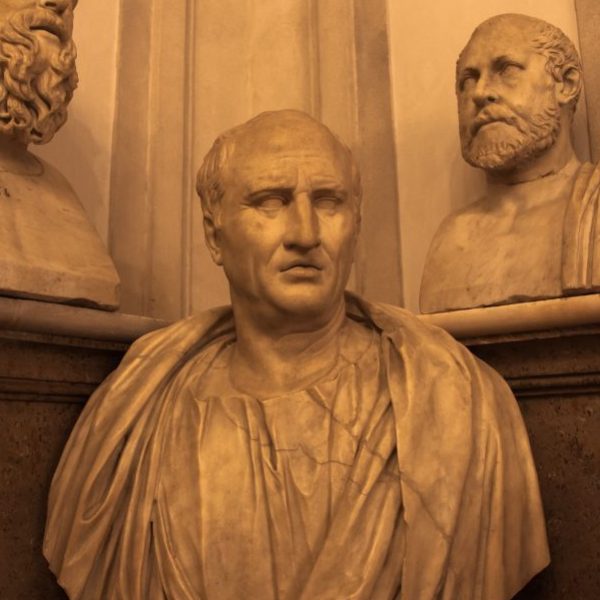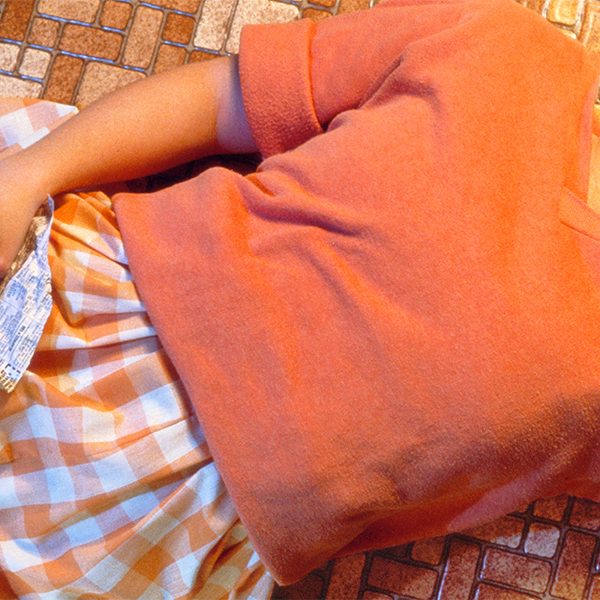To London, with Love: Nights Out in SoHo
Ivan Lett—
Judith Walkowitz is my kind of historian. She’s interested in the same kinds of topics as I am: cultural history, social history, women’s history, and applies them to my favorite time and place: early twentieth-century London.
 Walkowitz’s new book, Nights Out: Life in Cosmopolitan London, published this week, covers the rapid, and even chaotic, transformation of urban life that we summarize into one word: modern. Now there’s a word we’ve all heard before, but instead of generalizing the idea, Walkowitz shows how the SoHo district, once foreign and industrial, became London’s “cosmopolis” with implicative changes for both city and national culture and politics. So let’s really get at what people want here: dance, food, fashion, music, and sex; she covers them all, using new research to explain the manipulation of these cultural commodities into the political and economic consciousness that reformed not only the neighborhood, but the very center of the world’s premiere empire.
Walkowitz’s new book, Nights Out: Life in Cosmopolitan London, published this week, covers the rapid, and even chaotic, transformation of urban life that we summarize into one word: modern. Now there’s a word we’ve all heard before, but instead of generalizing the idea, Walkowitz shows how the SoHo district, once foreign and industrial, became London’s “cosmopolis” with implicative changes for both city and national culture and politics. So let’s really get at what people want here: dance, food, fashion, music, and sex; she covers them all, using new research to explain the manipulation of these cultural commodities into the political and economic consciousness that reformed not only the neighborhood, but the very center of the world’s premiere empire.
Having only just left our London office, traveling from one city to another as I am wont to do nearly every day of my life, I was so pleased to find a piece by the author on the Huffington Post, detailing the history of the Windmill Theatre—known for its “girls and gags”—and how its role as a neighborhood icon withstood scrutiny and terror alike during the depression and Second World War.
This is hardly the place to talk about my 2010s nights in London, but Walkowitz’s piece is a great opener to her book-length exploration of city life. (The Windmill Theatre has a chapter all to itself.) Plus, how could I possibly resist a book that opens with “Virginia Woolf loved SoHo”? I’m currently too far away for anyone to admonish me otherwise, so I’ll say this as I wish:
Brits Rule.
(But please let them stamp my passport for re-entry when I come back…)
Ivan Lett is Online Marketing Coordinator for Yale University Press.


